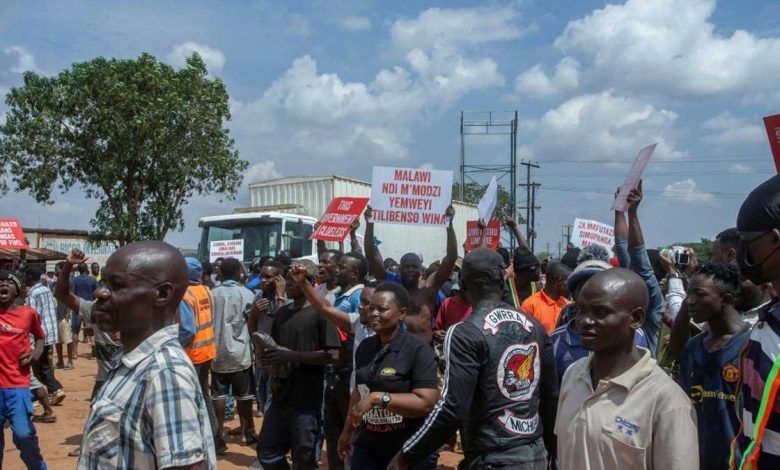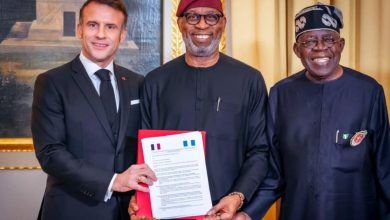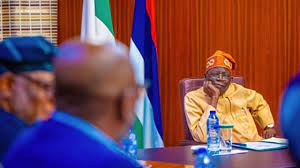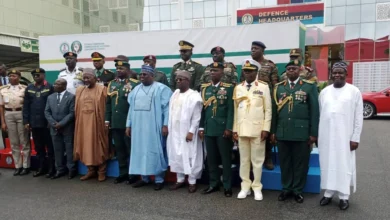Malawi’s Debt Crisis Deepens as Aid Cuts Hurt

Behind the counter of a dimly lit bar in Lilongwe, Malawi’s capital, 32-year-old Ben Manda poured another drink, his eyes heavy with exhaustion. After working 36 hours straight through back-to-back shifts, he hadn’t been home in three days.
“Times are tough,” said Manda, who works in a rundown club in Mtandire, one of the city’s largest and most densely populated informal settlements. Like many Malawians, he’s feeling the pressure of an economy in crisis—battered by foreign aid reductions and a mounting national debt.
A small television mounted above the bar flickered with reports of government budget shortfalls, unpaid civil servant salaries, and a rapidly rising cost of living. Manda, like others, blames corruption and mismanagement for much of the country’s economic pain.
“The problem is that our leaders divert the money from its intended use,” he said, accusing officials of misusing vital foreign aid.
Home to 21 million people, Malawi remains one of the world’s poorest countries, with more than two-thirds of the population living in extreme poverty, according to the World Bank. For decades, the nation has relied heavily on foreign assistance to keep its economy afloat.
But this year, major donors—including the United States, through USAID, and the United Kingdom—have scaled back their funding. The aid cuts have come at a critical time, triggering a cascade of economic challenges that are intensifying in the lead-up to general elections in September.
Malawi is now listed among six countries with unsustainable debt levels, according to a February 2025 report by the International Monetary Fund (IMF). Government figures cited in the report show public sector debt nearly doubling over four years—from 48% of GDP in March 2020 to 93% in March 2024.
As the nation braces for elections and a deepening financial crisis, many citizens like Manda are left to shoulder the burden of a fragile economy with little relief in sight.





